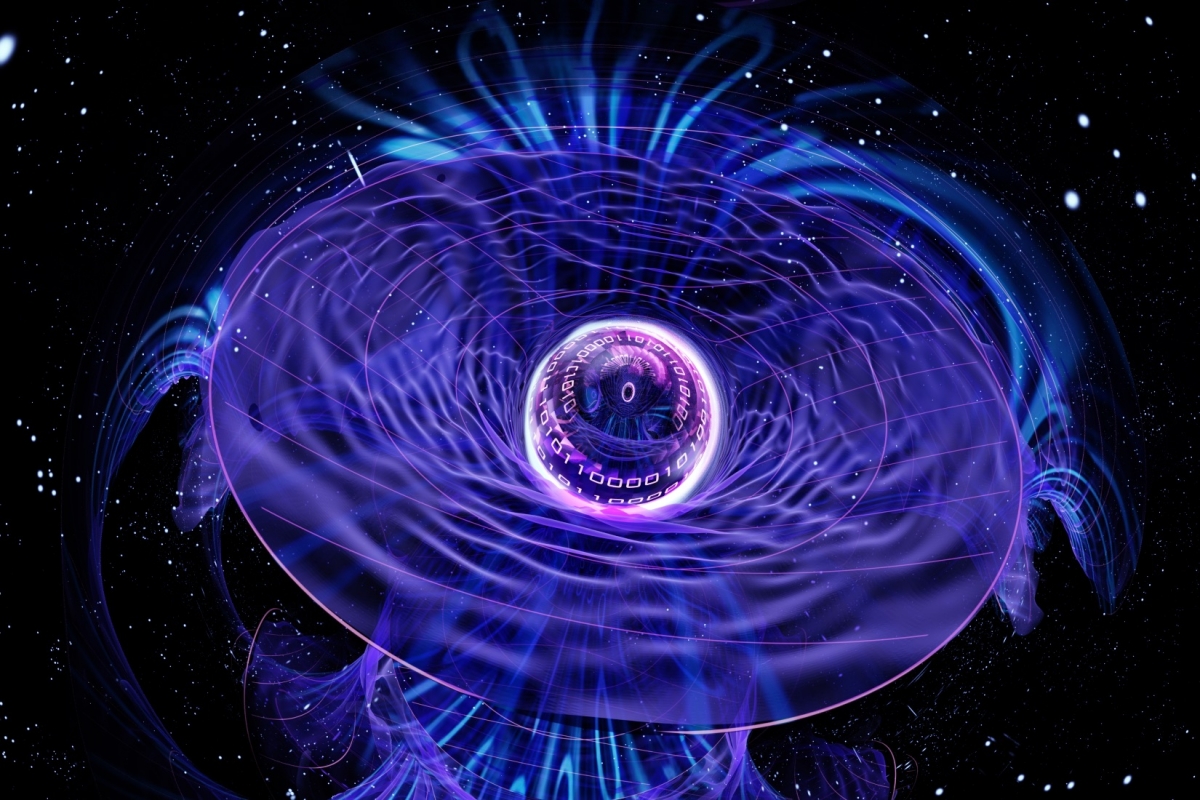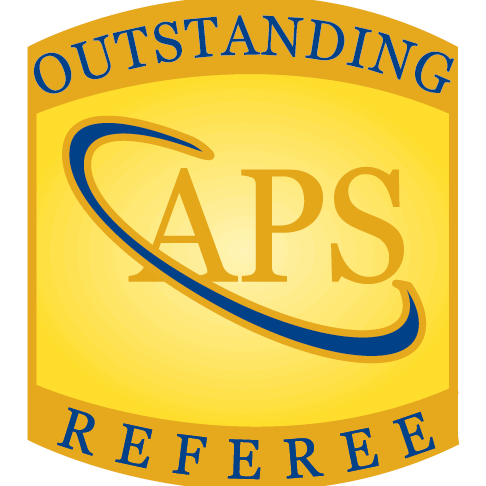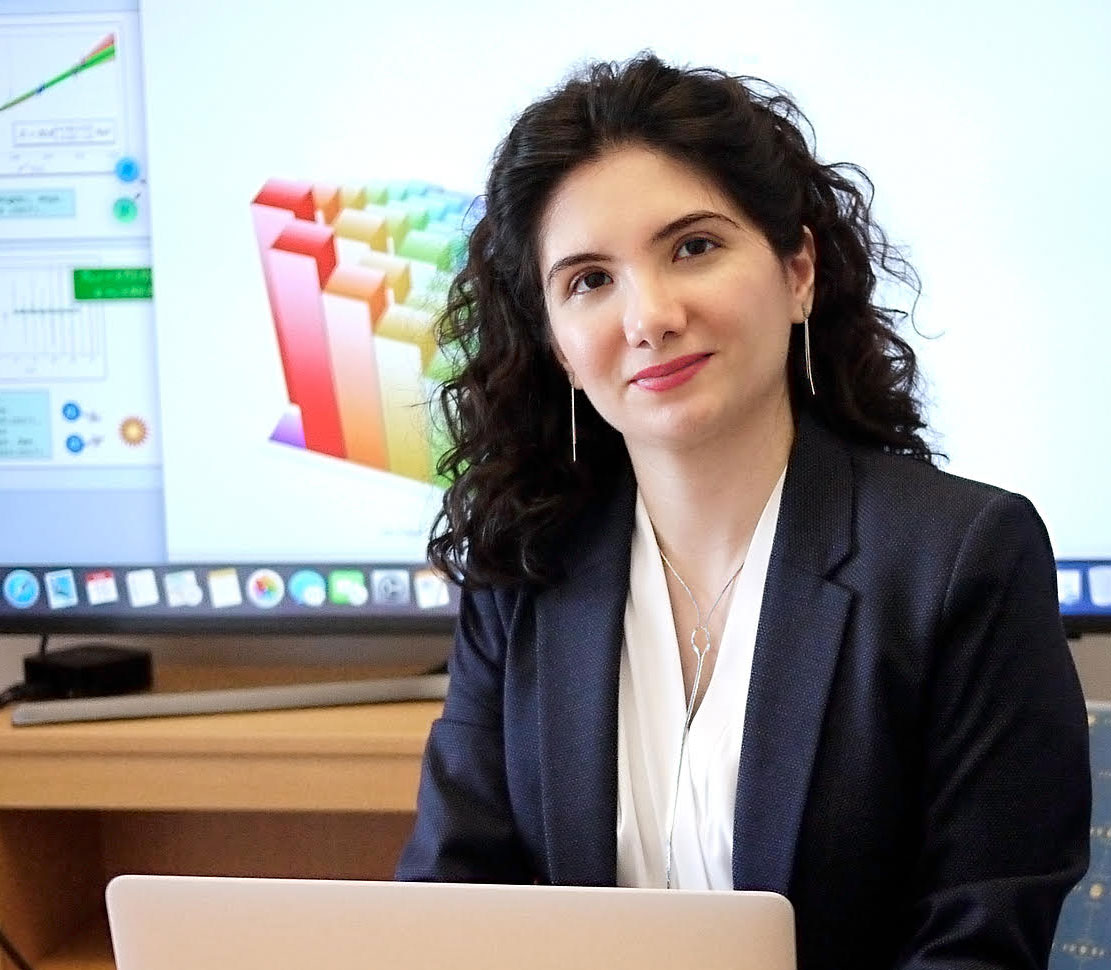Radioactive Material Detected Remotely Using Laser-induced Electron Avalanche Breakdown
- Details
- Category: Research News
- Published: Friday, March 22 2019 16:17
New method developed by UMD researchers could be scaled up to improve security at ports of entry
Physicists at the University of Maryland have developed a powerful new method to detect radioactive material. By using an infrared laser beam to induce a phenomenon known as an electron avalanche breakdown near the material, the new technique is able to detect shielded material from a distance. The method improves upon current technologies that require close proximity to the radioactive material.
With additional engineering advancements, the method could be scaled up and used to scan trucks and shipping containers at ports of entry, providing a powerful new tool to detect concealed, dangerous radioactive material. The researchers described their proof-of-concept experiments in a research paper published March 22, 2019 in the journal Science Advances.
“Traditional detection methods rely on a radioactive decay particle interacting directly with a detector. All of these methods decline in sensitivity with distance,” said Robert Schwartz, a physics graduate student at UMD and the lead author of the research paper. “The benefit of our method is that it is inherently a remote process. With further development, it could detect radioactive material inside a box from the length of a football field.”
As radioactive material emits decay particles, the particles strip electrons from—or ionize—nearby atoms in the air, creating a small number of free electrons that quickly attach to oxygen molecules. By focusing an infrared laser beam into this area, Schwartz and his colleagues easily detached these electrons from their oxygen molecules, seeding an avalanche-like rapid increase in free electrons that is relatively easy to detect.
“An electron avalanche can start with a single seed electron. Because the air near a radioactive source has some charged oxygen molecules—even outside a shielded container—it provides an opportunity to seed an avalanche by applying an intense laser field,” said Howard Milchberg, a professor of physics and electrical and computer engineering at UMD and senior author of the research paper. “Electron avalanches were among the first demonstrations after the laser was invented. This is not a new phenomenon, but we are the first to use an infrared laser to seed an avalanche breakdown for radiation detection. The laser’s infrared wavelength is important, because it can easily and specifically detach electrons from oxygen ions.”
Applying an intense, infrared laser field causes the free electrons caught in the beam to oscillate and collide with atoms nearby. When these collisions become energetic enough, they can rip more electrons away from the atoms.
“A simple view of avalanche is that after one collision, you have two electrons. Then, this happens again and you have four. Then the whole thing cascades until you have full ionization, where all atoms in the system have at least one electron removed,” explained Milchberg, who also has an appointment at UMD’s Institute for Research in Electronics and Applied Physics (IREAP).
As the air in the laser’s path begins to ionize, it has a measurable effect on the infrared light reflected, or backscattered, toward a detector. By tracking these changes, Schwartz, Milchberg and their colleagues were able to determine when the air began to ionize and how long it took to reach full ionization.
The timing of the ionization process, or the electron avalanche breakdown, gives the researchers an indication of how many seed electrons were available to begin the avalanche. This estimate, in turn, can indicate how much radioactive material is present in the target.
“Timing of ionization is one of the most sensitive ways to detect initial electron density,” said Daniel Woodbury, a physics graduate student at UMD and a co-author of the research paper. “We’re using a relatively weak probe laser pulse, but it’s ‘chirped,’ meaning that shorter wavelengths pass though the avalanching air first, then longer ones. By measuring the spectral components of the infrared light that passes through versus what is reflected, we can determine when ionization starts and reaches its endpoint.”
The researchers note that their method is highly specific and sensitive to the detection of radioactive material. Without a laser pulse, radioactive material alone will not induce an electron avalanche. Similarly, a laser pulse alone will not induce an avalanche, without the seed electrons created by the radioactive material.
While the method remains a proof-of-concept exercise for now, the researchers envision further engineering developments that they hope will enable practical applications to enhance security at ports of entry across the globe.
“Right now we’re working with a lab-sized laser, but in 10 years or so, engineers may be able to fit a system like this inside a van,” Schwartz said. “Anywhere you can park a truck, you can deploy such a system. This would provide a very powerful tool to monitor activity at ports.”
###
In addition to Milchberg, Schwartz, and Woodbury, UMD-affiliated co-authors of the research paper include Phillip Sprangle, professor of physics and electrical and computer engineering with an appointment at IREAP, and Joshua Isaacs, a physics graduate student.
The research paper, “Remote detection of radioactive material using mid-IR laser-driven avalanche breakdown,” Robert Schwartz, Daniel Woodbury, Joshua Isaacs, Phillip Sprangle and Howard Milchberg, was published in the journal Science Advances on March 22, 2019.
This work was supported by the Defense Threat Reduction Agency (Award No. HDTRA11510002), the Air Force Office of Scientific Research (Award Nos. FA9550-16-10121 and FA9550-16-10259), the Office of Naval Research (Award No. N00014-17-1-2705) and the Department of Energy (Award No. DE-NA0003864). The content of this article does not necessarily reflect the views of these organizations.



 H. Dennis Drew, Howard M. Milchberg, and Jay Deep Sau have been recognized by the Americal Physical Society as Outstanding Referees for their contributions to the Physics community.
H. Dennis Drew, Howard M. Milchberg, and Jay Deep Sau have been recognized by the Americal Physical Society as Outstanding Referees for their contributions to the Physics community.